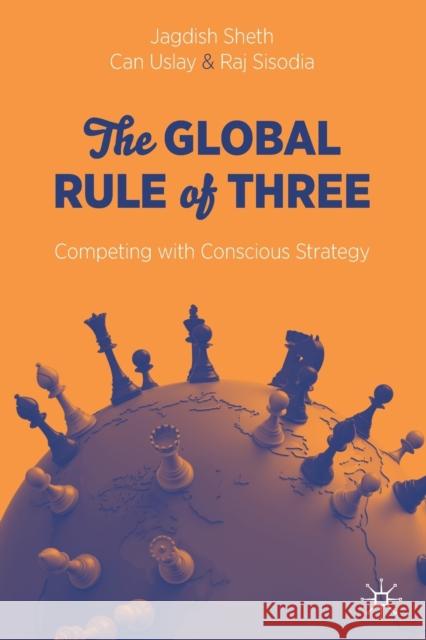The Global Rule of Three: Competing with Conscious Strategy » książka
topmenu
The Global Rule of Three: Competing with Conscious Strategy
ISBN-13: 9783030574727 / Angielski / Miękka / 2020 / 289 str.
The Global Rule of Three: Competing with Conscious Strategy
ISBN-13: 9783030574727 / Angielski / Miękka / 2020 / 289 str.
cena 121,01
(netto: 115,25 VAT: 5%)
Najniższa cena z 30 dni: 115,63
(netto: 115,25 VAT: 5%)
Najniższa cena z 30 dni: 115,63
Termin realizacji zamówienia:
ok. 22 dni roboczych
Dostawa w 2026 r.
ok. 22 dni roboczych
Dostawa w 2026 r.
Darmowa dostawa!
Kategorie:
Kategorie BISAC:
Wydawca:
Springer Nature Switzerland AG
Język:
Angielski
ISBN-13:
9783030574727
Rok wydania:
2020
Wydanie:
2020
Ilość stron:
289
Waga:
0.44 kg
Wymiary:
23.39 x 15.6 x 1.68
Oprawa:
Miękka
Wolumenów:
01
Dodatkowe informacje:
Wydanie ilustrowane











